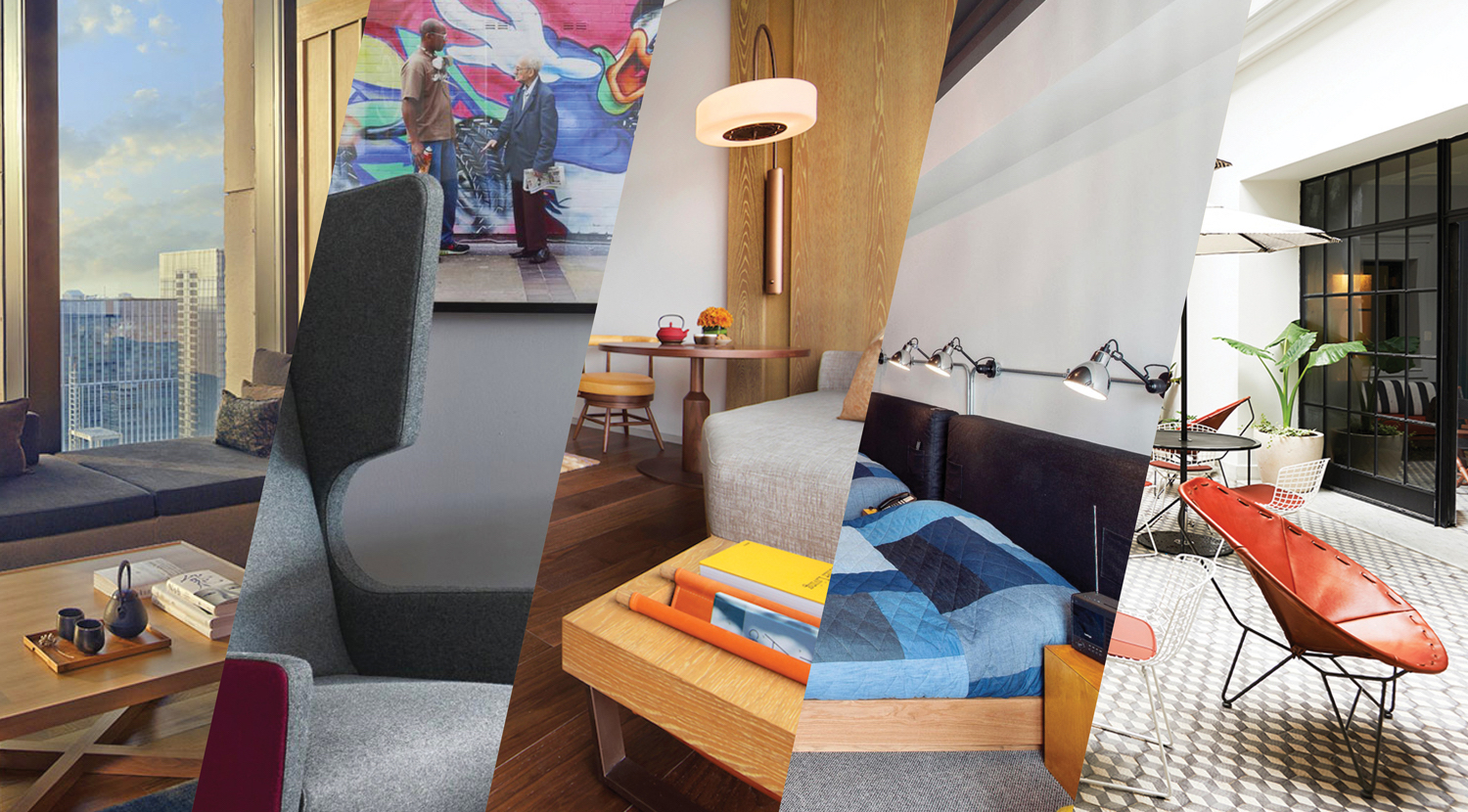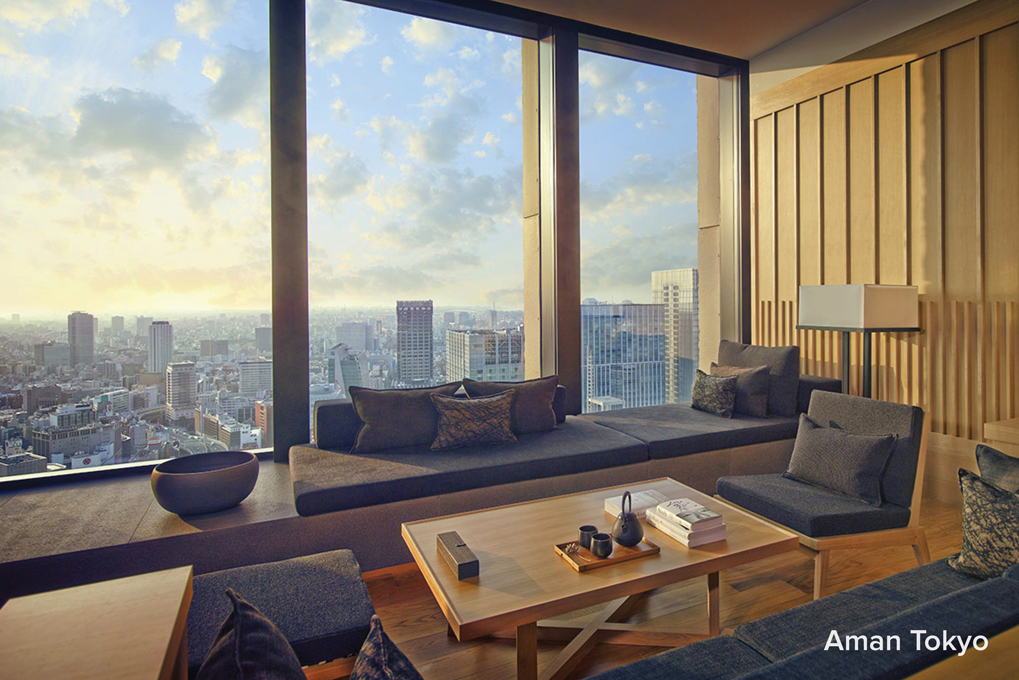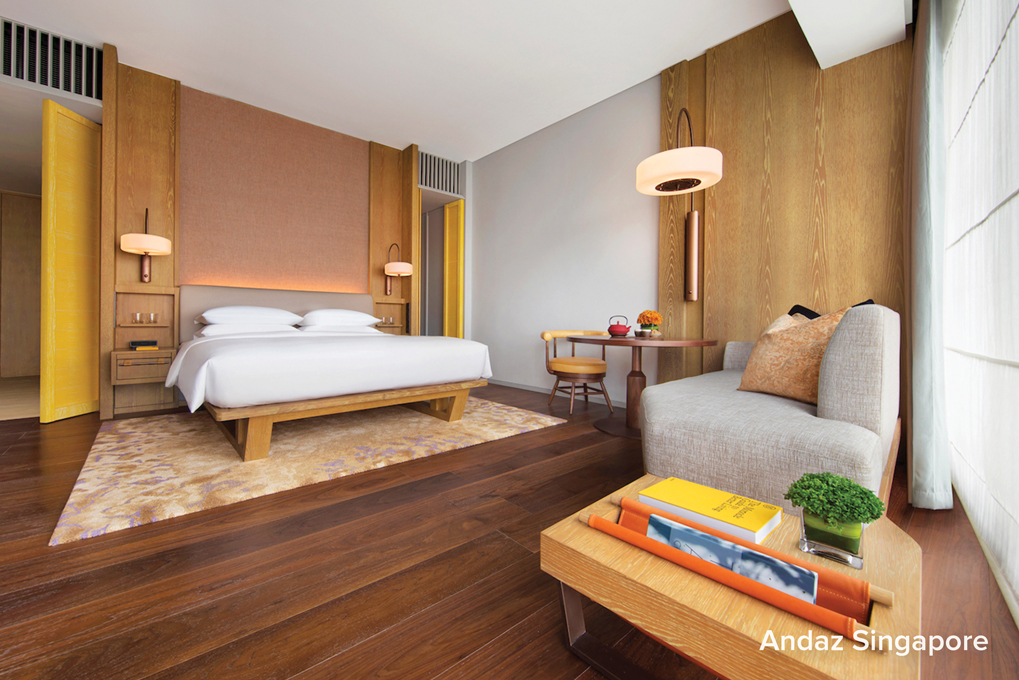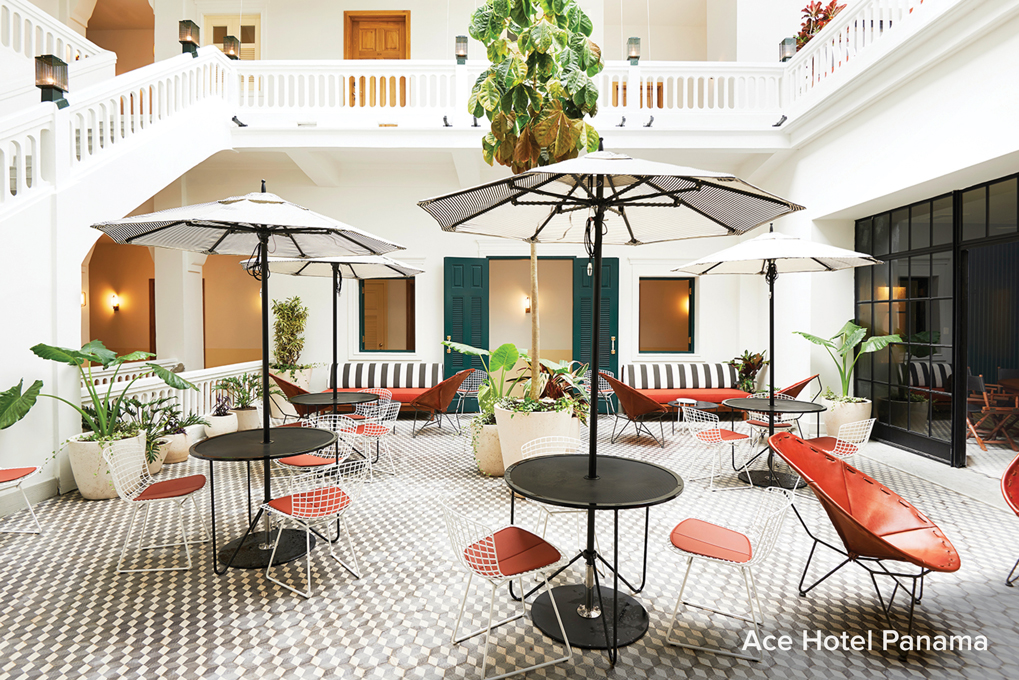In an era where wellness and travel intertwine more than ever, the hospitality industry stands at the crossroads of change. We sat down with QUO Director of Healthcare + Wellness Ruben Toral to discuss the convergence of healthcare and hospitality. From the evolution of wellness in hotels to the future of ’healthy hospitality’, Ruben sheds light on the transformative journey of the industry.
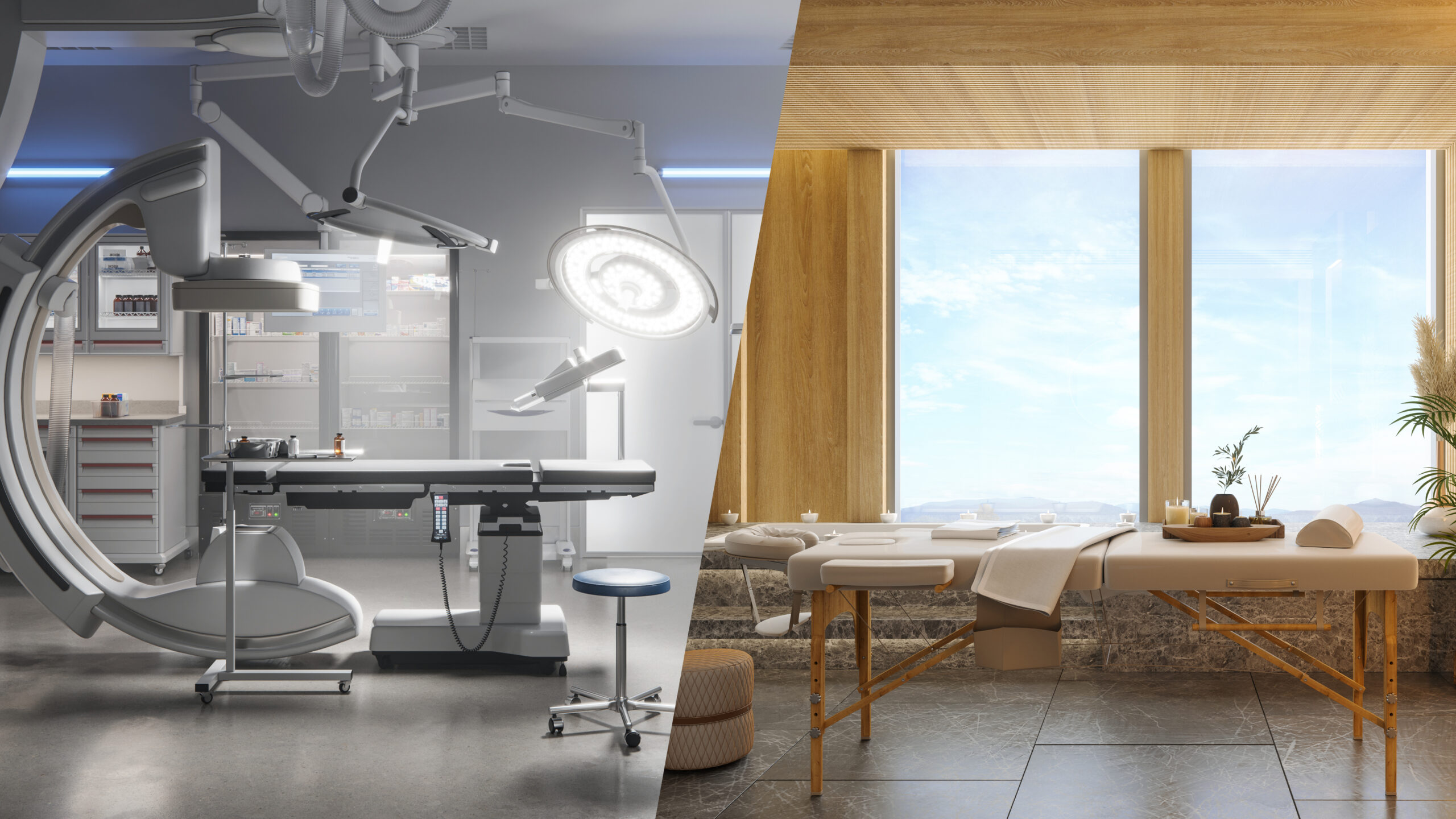
QUO: Wellness now seems to be ‘everything everywhere all at once’ to quote the Oscar winning movie. Do you see it that way too?
Ruben Toral (RT): I do. Wellness is permeating industries from healthcare to hospitality and literally everyone everywhere is looking to develop a strategy in this space. 20 years ago wellness was fringe, 10 years ago it went mainstream and today it is a requirement. No hospitality, healthcare or property business can afford to ignore this segment, in my opinion, because it plays into macro-trends like ageing and rising healthcare costs and into micro-trends as well.
QUO: The Global Wellness Institute’s 2019 report valued the wellness tourism market at $639 billion. How does this compare to the general tourism market?
RT: The global tourism market is valued at $10.5 trillion and growing at a CAGR of 5%. So while the absolute number is big, on a relative basis the wellness related tourism market is only 6% of the total tourism market. However, wellness tourism is growing at double the rate of global tourism. If the surge I see in post-COVID medical tourism numbers is any reflection of the demand for wellness tourism, then we will see annual growth rates much higher than 10% in the coming years. Mind you, COVID is a reminder of how exogenous events can both propel and punish tourism.
QUO: How are the healthcare and hospitality industries responding to this surge in wellness interest?
RT: Healthcare, hospitals mainly, traditionally viewed wellness as a small, outlier business, consisting mainly of annual check ups. Today, they see wellness as a much bigger part of their business, and not just in terms of revenue, but as a requirement to deliver a ‘total care’ model of healthcare—one that offers customers ‘well’ care and ‘sick’ care. As a result, they are expanding their portfolio of services to include genetic testing, customised supplements, immunity boosters and more. Wellness has helped shift the model of care from episodic (use of healthcare only when sick) to a continuous model of care (use of healthcare more frequently for disease prevention).
Hospitality had a similar mindset to wellness in the past, and really viewed it through the lens of their spa business. For all intents and purposes, the spa was the wellness option for hospitality until very recently. Today, I think hospitality views wellness either as an amenity or as a philosophy that is woven into the fabric of everything they do. Viewed as an amenity, wellness is an expanded list of services that include, but are not limited, to the spa. Viewed as a philosophy, wellness is infused into restaurants, rooms, fitness centres as well as programming and staffing. It’s a holistic approach.
QUO: Is there now an overlap between healthcare and hospitality when it comes to wellness? Are they competitors or collaborators?
RT: There is overlap, but it’s not competitive. People are not saying to themselves, “should I go to a hospital or a hotel for wellness services?” As a rule, hospitality reaches out to healthcare if and when they decide to offer medical services, because hotel brands and operators do not want the risk, costs or liability associated with delivering medical care. If they do decide to offer medical services, it is usually in partnership with a doctor, clinic or hospital that has the medical licence, staff and expertise. Those arrangements can range from offering services to leasing space to full blown partnerships.
The area where collaboration opportunities are greatest is in wellness resorts. Hospitality companies are moving aggressively to build more destination wellness resorts and hospitals are looking for new ways to expand their reach beyond the clinic or hospital. At QUO, we see new businesses and brands being created around these partnerships, and that trend will continue, I believe.
QUO: You isolated wellness resorts as a growing category within wellness. What do you see happening in this space?
RT: A lot of activity, that’s for sure. Increasingly, developers and hospitality companies are looking at wellness retreats as the product to attract high value, long stay guests who want an experience that goes beyond room and restaurant. Over the next 3-5 years we will see an explosion of wellness retreats around the world catering to this guest typology. This opens the doors for a lot of new players, partnerships and concepts, so I think this will be one of the most active categories in hospitality and healthcare over the next decade—and that’s exciting.
I temper this enthusiasm with the caveat that this space is also at risk of oversaturation. Everyone will see this segment as the next El Dorado and go for the gold. That scenario leads to ‘wellness wars’ where companies compete to see who has the biggest facilities and the most amenities. The product cycle will be shorter as innovation quickly turns to normalisation, if not commoditisation. We saw that in the spa category.
QUO: Is the same true for the large hotel chains that have spas and are shifting to wellness?
RT: It’s my experience that mass market hotels view wellness more as an amenity rather than as a driver of stay, i.e. a reason to choose. These guests have a shorter length of stay and may ‘get a little wellness on the side’, but their intent is more room focused than wellness focused. From this lens, the goal is to enhance guest experience and drive incremental spend. The more forward-looking chains are looking to weave wellness into the stay or elevate the wellness offering so it is a stand-out rather than a side dish. There is whitespace here, I think, but the window of opportunity gets smaller over time as more brands come to market with their interpretation on wellness.
QUO: If commoditisation is a potential threat for wellness, then how do you protect against it?
RT: I believe it comes down to specialisation. To provide real value requires understanding your audience, having a clear purpose, great programming and ultimately delivering on a desired outcome. The fundamental ingredients of wellness are known, but the value is baking those into a cake that people want to buy and recommend to others. The healthcare industry is a good teacher in this regard. Everyone pays more to see a specialist rather than a generalist, because they have narrow but deep expertise in their field of medicine. People always want to know what a given hospital specialises in, because that influences their choice. The same will apply to wellness. Without specialisation you have commoditisation, and no one pays a premium for a commodity.
QUO: What role does branding play in wellness? How important is this to the guest and the operator?
RT: I would say it is very important. To differentiate, to generate a price premium and to retain customers you must have a brand that communicates purpose and branding that drives awareness, choice, pricing premium and loyalty. Guests will not spend more or stay longer for a generic, non-branded experience. They don’t do it in any other segment or sector, why would they do it in wellness? In fact, I would say it is even more important in areas like healthcare and wellness, because guests (or patients) make their selection on the basis of trust. No one will select a care provider they do not trust, at any price.
Branding in wellness needs to go beyond facilities and amenities and focus on purpose and outcome. Full stop.
QUO: You talk about ‘healthy hospitality’. Is that the same or different from wellness?
RT: Healthy hospitality is the outcome. Wellness is the way. My view is that if you can make a stay feel healthier then you win the hearts and minds of guests, because you appeal to their emotions and intellect. If I select a hotel and they have healthier menu items, better fitness facilities and programmes and sleep-friendly rooms, then chances are I leave the hotel feeling better than when I walked in. That’s a win at every level.
As I have said before many times, ‘wellness’ can be anything. The word almost has no borders. Therein lies the risk of commoditisation, because there is no barrier or restriction to label something as ‘wellness’. ‘Healthy’ is more tangible and visceral. People know when they feel healthy. They have more energy, more endurance and more clarity of mind. My sense is that if you offer people a ‘healthier way to stay’ that they will reward you in loyalty.

